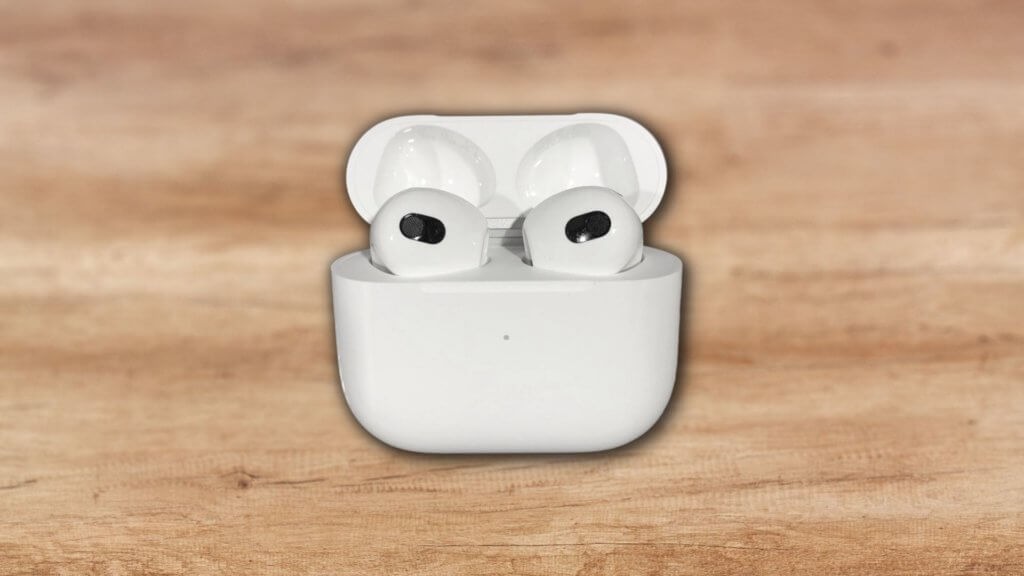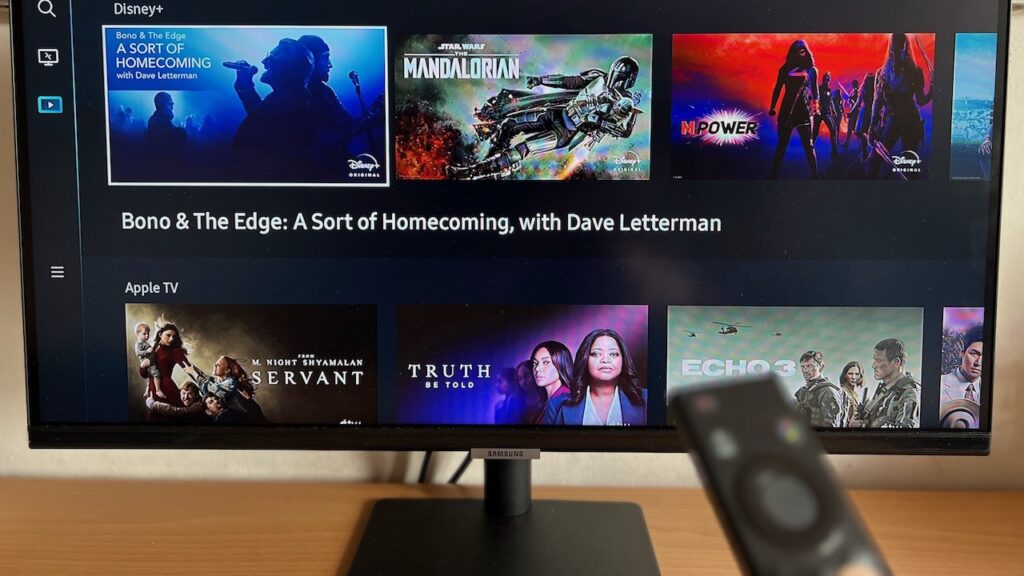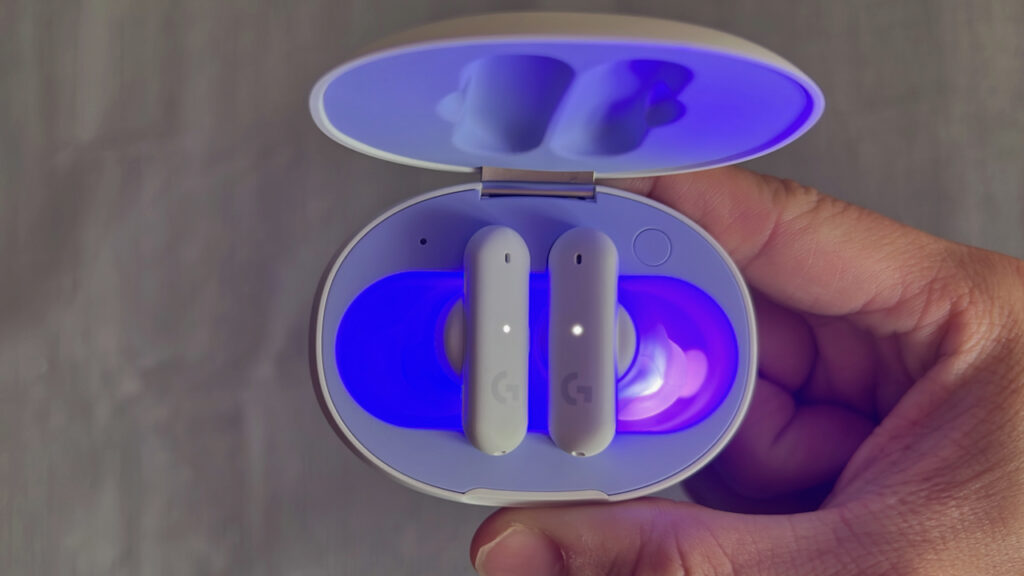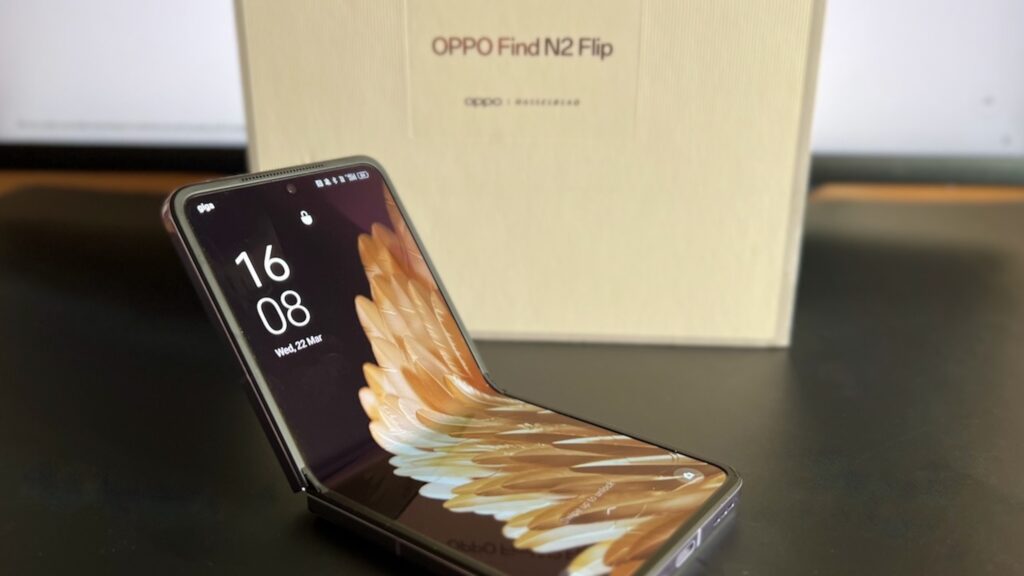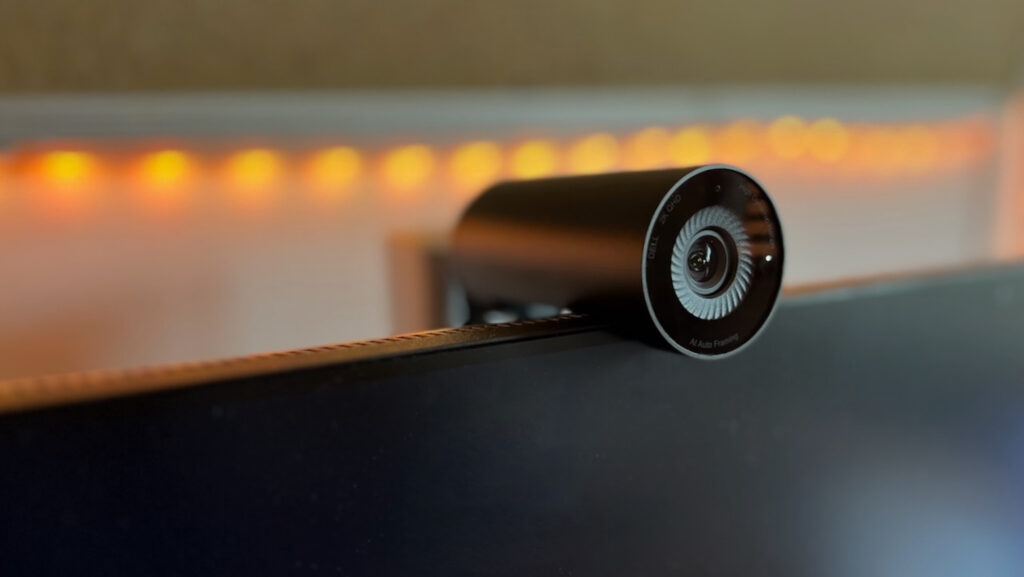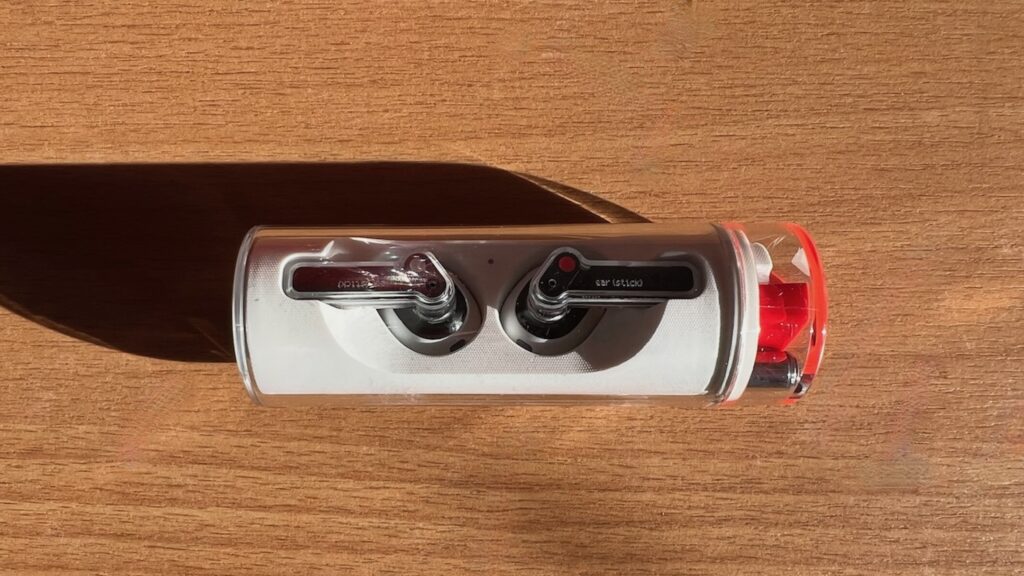AirPods are the most popular wireless earphones on the market, period. If AirPods were a company, it would have more revenue than Spotify, Twitter, Snapchat, and Shopify combined.
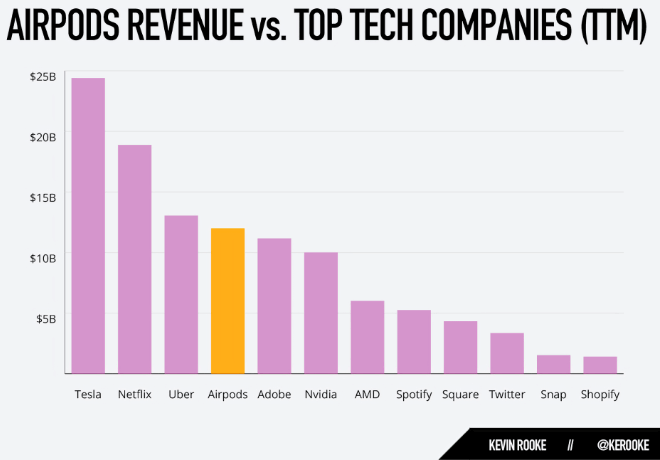
It makes financial sense to continue iterating over its successful offerings, who wouldn’t want to make more money?
But after slightly more than 2 years since the highly acclaimed Airpods Pro was released, Apple decided to launch a Frankenstein model at a midrange price.
What AirPods 3rd generation (AirPods 3) brings to the table is better audio quality, spatial audio with dynamic head tracking, and sweat resistance when compared to the 2nd generation (AirPods 2).
This all sounds good until you realise that active noise cancellation and transparency mode are not present, the exact features that made the AirPods Pro so popular, to begin with.
And it feels awkward. Let me break down the reasons why.
Active Noise Cancellation
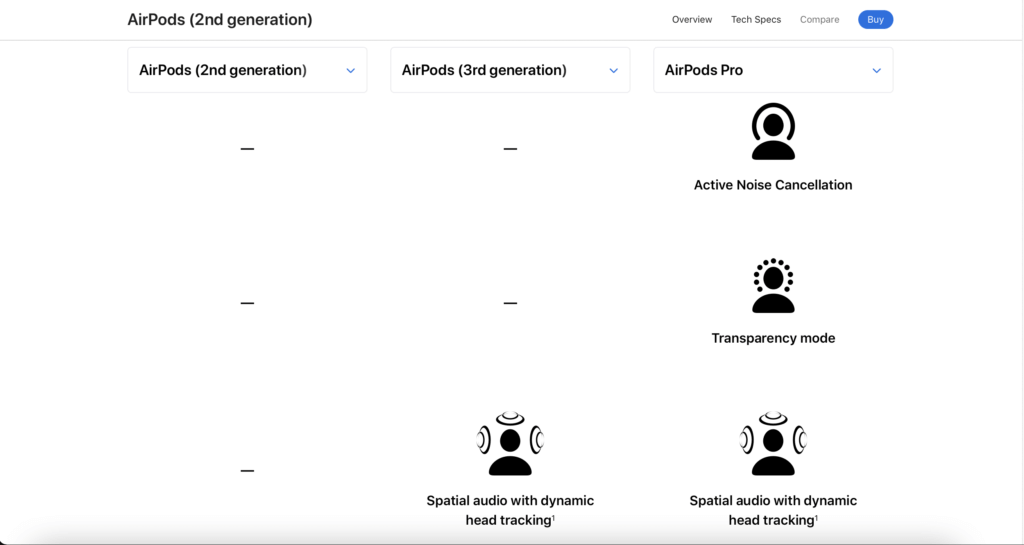
Don’t get me wrong, when I upgraded from the AirPods 2 to the AirPods Pro back in 2020, the first thing I noticed was how great music sounded with reduced background noise.
I could no longer hear much of the loud MRT rails and the diesel engine of buses. Study sessions in public cafes feel almost like you are in a quiet library.
But the moment I deactivated Active Noise Cancellation, the difference was huge. With all the noise around me, I could hardly feel any improvements in the audio quality. Of course, if you’re not in a loud area, the adaptive EQ is definitely palpable.
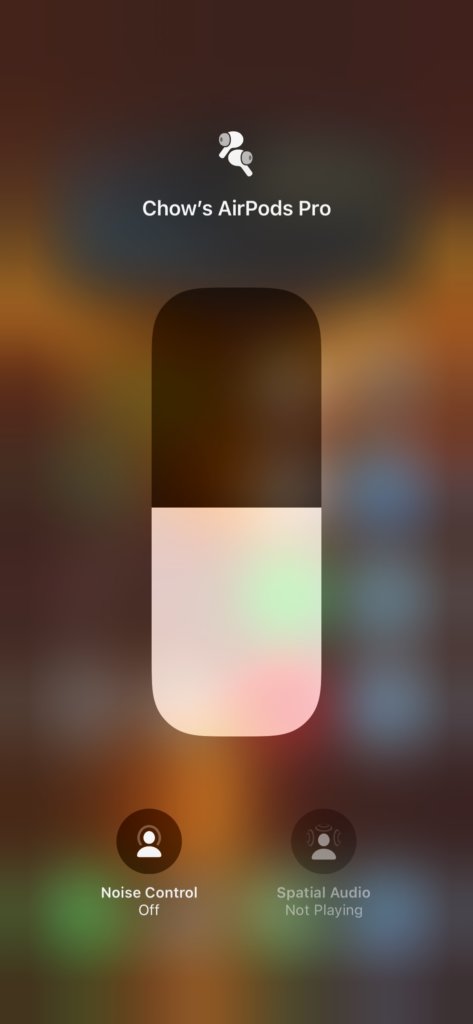
When I turned off Active Noise Cancellation, what I was left with was Passive Noise Cancellation that came from the rubber ear tips physically blocking my ear canal – an improvement from the AirPods 2.
It seems like Apple is back paddling a little with its decision to not include silicon ear tips with the AirPods 3. With neither Passive nor Active Noise Cancellation equipped, AirPods 3 is as good as its S$70 cheaper cousin in this department.
Spatial Audio

Spatial Audio is Apple’s fancy new feature to create a 3D surround sound system, akin to the ones in cinemas, right in your AirPods.
There is a huge asterisk to this feature: Only supported 3D audio formats like Dolby Atmos can fully take advantage of the directional audio Apple promises.
I played a few supported tracks on Apple Music on the day Spatial Audio was released for AirPods Pro, and it was meh.
It was like being transported into the centre of the instruments and vocals, then hearing each sound coming from distinct locations.
Not gonna lie, it was pretty cool until I realised that the vocals are drowned out by the surrounding tunes.
At the same volume level, a Dolby Atmos supported track would be softer than a normal Stereo one. This means that my playlist of mostly unsupported tracks will become inconsistently soft when I reach a Dolby Atmos track.
As I didn’t want to constantly adjust my audio during shuffle play, I disabled it for consistency’s sake.
It’s a similar case for Video, where only supported files can fully take advantage of Spatial Audio. Head tracking is enabled for Videos, where sound moves from one earbud to the other when you move your head.
Which videos? Netflix and Disney+ say only specific episodes of specific titles in specific languages are in Dolby Atmos. Youtube has 0 support for Spatial Audio.

The only place where you can get Spatial Audio supported titles consistently is with the limited library of Apple TV+.
To counteract this, iOS 15 introduced Spatialise Audio that uses software magic to make previously incompatible audio formats work with Spatial Audio.
The result is somewhat weird when playing video. I don’t see the point of my stereo audio becoming gradually softer and louder in each ear as I turn my head, as it doesn’t add anything to my listening experience.
As you can tell from my account, Spatial Audio seems quite gimmicky at this nascent stage. Until a higher quantity of immersive Spatial Audio compatible content comes out, it is not worth paying the S$70 extra for this headline feature on the AirPods 3.
Competition
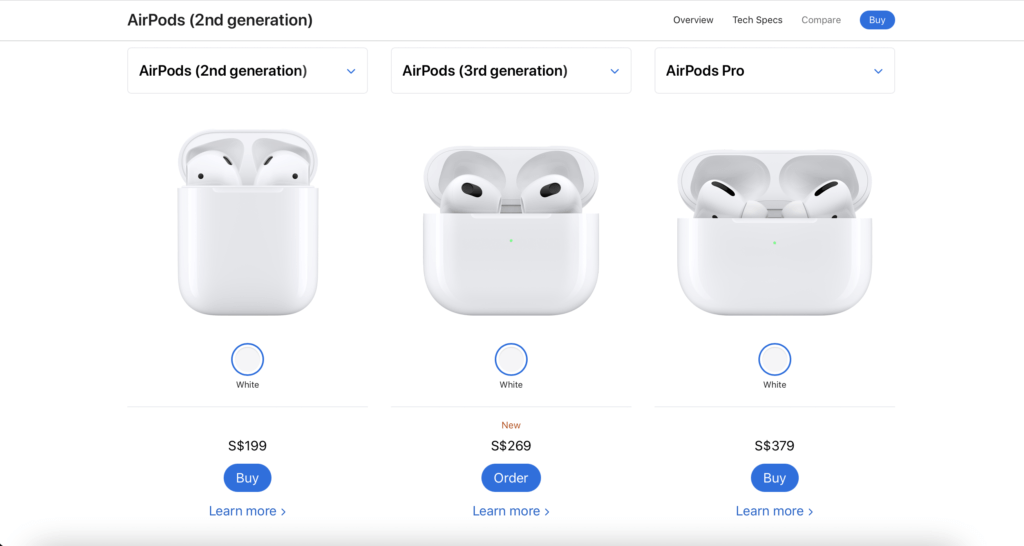
AirPods in general, are not cheap, to begin with. The basic AirPods 2 costs S$199 with no Active Noise cancellation or attention-grabbing features, and it is somewhat reasonable given Apple’s premium branding.
But with the Airpods 3 costing a whopping S$269 with no Active Noise Cancellation, it is a tough sell. Just look at the similarly priced competition from Sony, Samsung, Beats (Apple’s subsidiary):
| Price (S$) | Active Noise Cancellation | |
| AirPods (3rd generation) | 269 | No |
| Sony WF-1000 XM3 | 219 | Yes |
| Samsung Galaxy Buds Pro | 258 | Yes |
| Beats Studio Buds | 219 | Yes |
(Prices are obtained from respective companies official websites)
Mind you, all the above competitors come with silicon ear tips to allow for some semblance of Passive Noise Cancellation and water resistance. Apple’s AirPods 3 just doesn’t offer anything more, other than the fancy Spatial Audio which not everyone enjoys.
To make things worse for the AirPods 3, Apple’s own AirPods Pro, (the one with Active Noise Cancellation and silicon ear tips) has gone down in price substantially over the 2 years since its inception.
Third-party sellers on e-commerce platforms like Qoo10 and Shopee who imported the AirPods Pro from other countries are now selling them for just S$289, a cool S$90 off from its original price.
If you were interested in the AirPods 3, just spring S$20 more for the Airpods Pro that has everything that AirPods 3 has, plus best-in-class Active Noise Cancellation and more snug-fitting earbuds. There is no reason to get the former.
Conclusion
Back to my original argument, the AirPods 3 are simply awkwardly priced. It tried its best to position itself as a middle-ground between the 2nd generation and the Pros, but I feel that the word compromise is a more apt description.
Apple has to make its midrange product better than the AirPods 2, but not too good that it cannibalises the market share of its own Pros.
So they introduced Spatial Audio, which frankly was just software that could be implemented on the Airpods 2 with the same H1 chip, removed Active Noise Cancellation, and raised the price by S$70.
By offering this neither-here-nor-there product, it would be better for consumers to pick between the 2 extremes: AirPods 2 for normal use or Airpods Pro for the best experience.
If the price of the AirPods 3 were closer to the S$199 price point and replaced the AirPods 2, then that would be a more viable product to compete against other offerings.
Derrick (Yip Hern) founded Tech Composition to provide valuable insights into the tech and finance world. He loves to scour the web for the best deals and embark on software projects during his free time, a typical geek, right?
